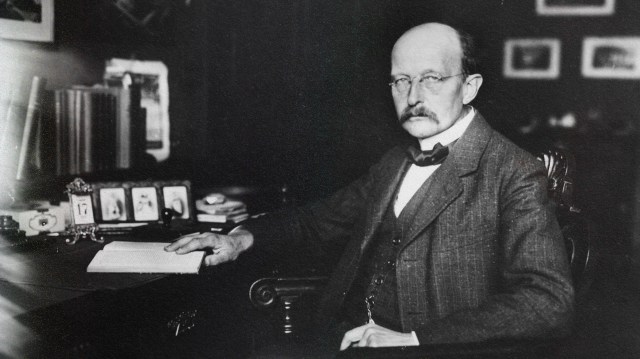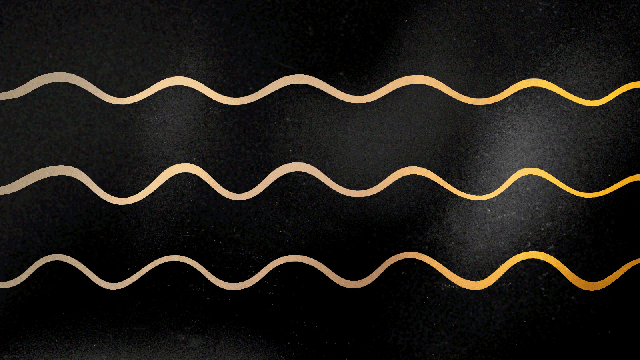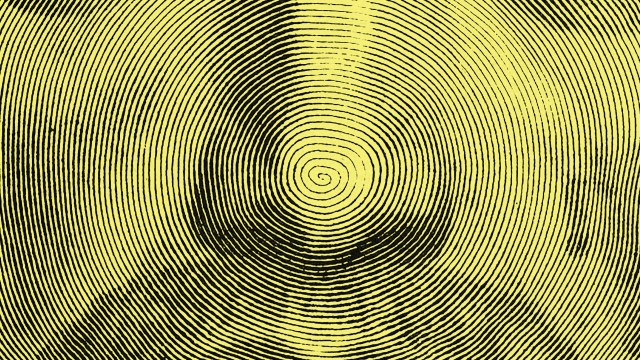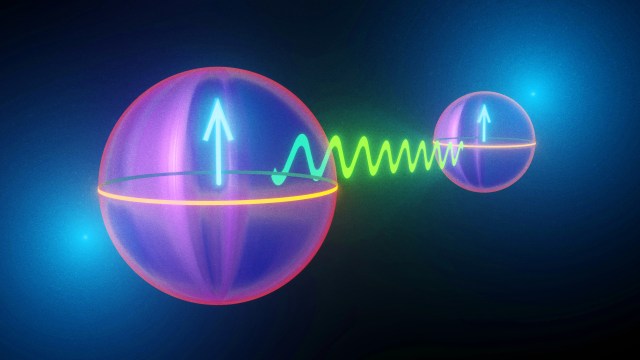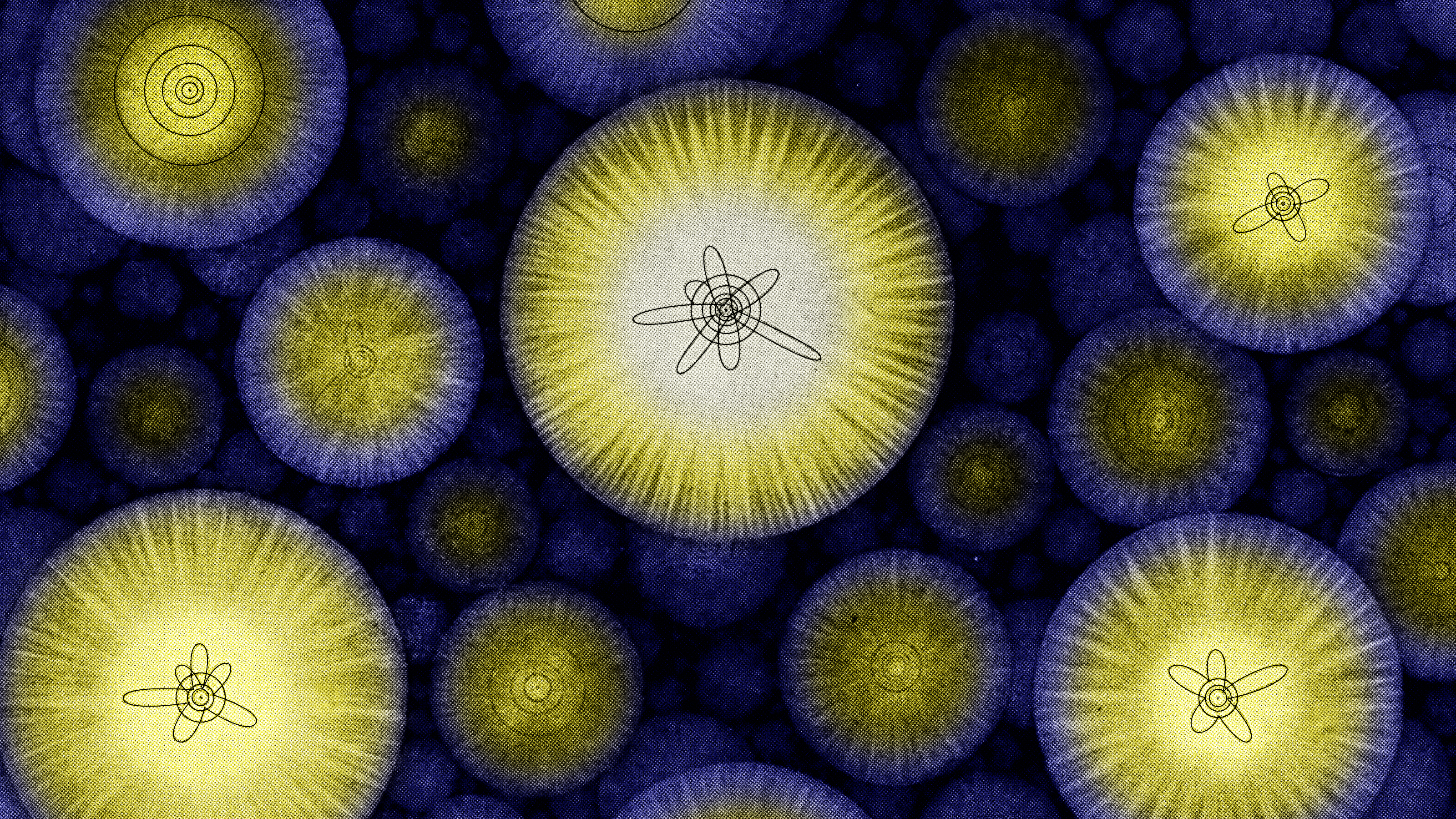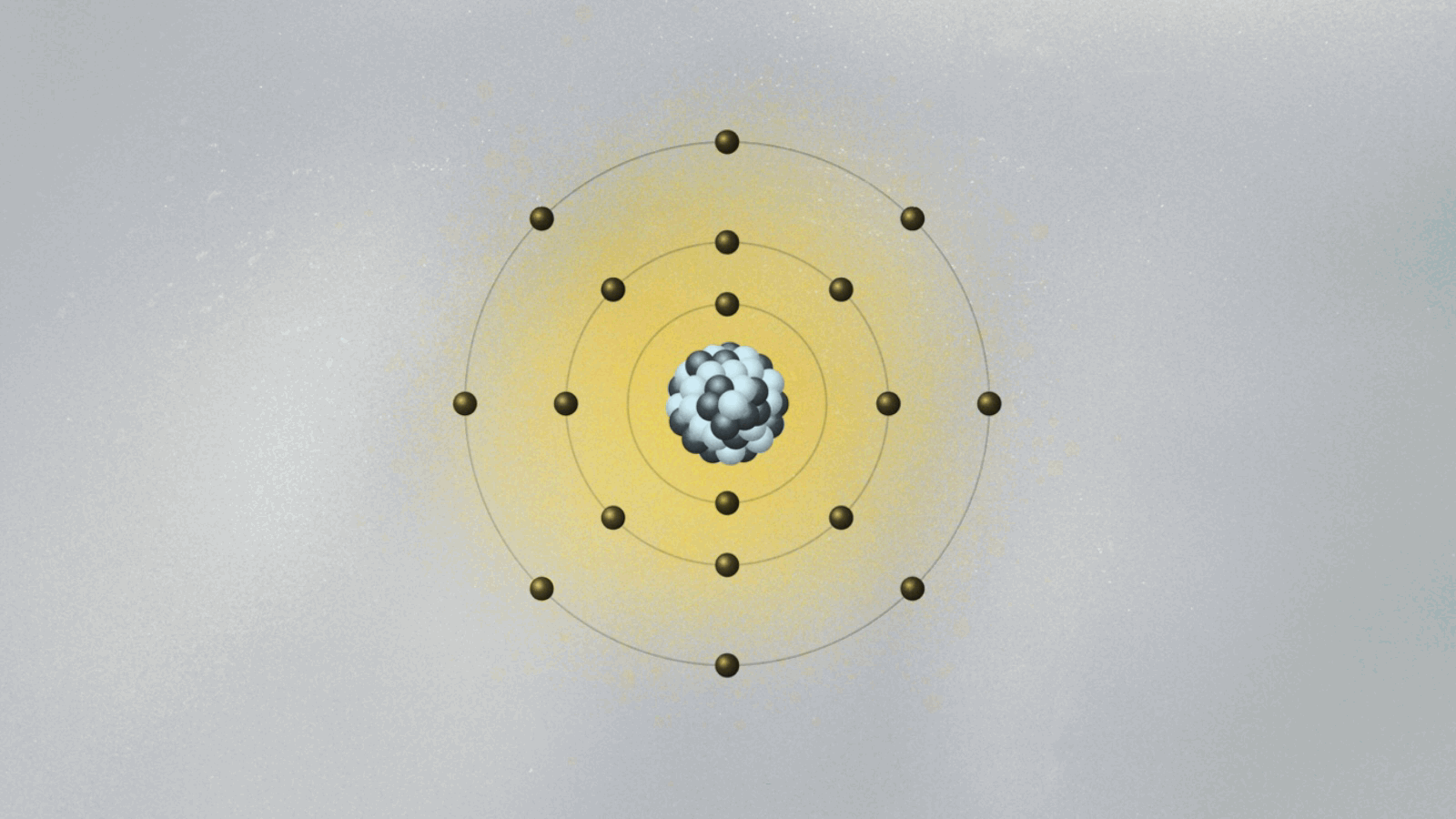The weirdness of quantum mechanics forces scientists to confront philosophy

- Despite the tremendous success of quantum physics, scientists and philosophers still disagree on what it’s telling us about the nature of reality.
- Central to the dispute is whether the theory is describing the world as it is or is merely a mathematical model.
- Attempts to reconcile the theory with reality have led physicists to some strange places, forcing scientists to grapple with matters of philosophy.
The world of the very small is like nothing we see in our everyday lives. We do not think of people or rocks being in more than one place at the same time until we look at them. They are where they are, in one place only, whether or not we know where that place is. Nor do we think of a cat locked in a box as being both dead and alive before we open the box to check. But such dualities are the norm for quantum objects like atoms or subatomic particles, or even larger ones like a cat. Before we look at them, these objects exist in what we call a superposition of states, each state with an assigned probability. When we measure many times their position or some other physical property, we will find it in one of such states with certain probabilities.
The crucial question that still haunts or inspires physicists is this: Are such possible states real — is the particle really in a superposition of states — or is this way of thinking just a mathematical trick we invented to describe what we measure with our detectors? To take a stance on this question is to choose a certain way of interpreting quantum mechanics and our take on the world. It is important to stress that quantum mechanics works beautifully as a mathematical theory. It describes the experiments incredibly well. So we are not debating whether quantum mechanics works or not, because we are well past that point. The issue is whether it describes physical reality as it is or whether it does not, and we need something more if we are to arrive at a deeper understanding of how nature operates in the world of the very small.
States of thinking about the quantum world
Even though quantum mechanics works, the debate about its nature is fierce. The subject is vast, and I could not possibly do it justice here. My goal is to give a flavor of what is at stake. (For more details, see The Island of Knowledge.) There are many schools of thought and many nuanced arguments. But in its most general form, the schools line up along two ways of thinking about reality, and they both depend on the protagonist of the quantum world: the famous wave function.
In one corner stands those who think that the wave function is an element of reality, that it describes reality as it is. This way of thinking is sometimes called the ontic interpretation, from the term ontology, which in philosophy means the stuff that makes up reality. People who follow the ontic school would say that even though the wave function does not describe something palpable, like the particle’s position or its momentum, its absolute square represents the probability of measuring this or that physical property — the superpositions that it does describe are a part of reality.
In the other corner stand those who think that the wave function is not an element of reality. Instead, they see a mathematical construct that allows us to make sense of what we find in experiments. This way of thinking is sometimes called the epistemic interpretation, from the term epistemology in philosophy. In this view, measurements taken as objects and detectors interact and people read the results are the only way we can figure out what goes on at the quantum level, and the rules of quantum physics are fantastic at describing the results of these measurements. There is no need to attribute any kind of reality to the wave function. It simply represents potentialities — the possible outcomes of a measurement. (The great physicist Freeman Dyson once told me that he considered the whole debate a huge waste of time. To him, the wave function was never intended to be a real thing.)
Note the importance in all this of measurements. Historically, the epistemic view goes back to the Copenhagen interpretation, the hodgepodge of ideas spearheaded by Niels Bohr and carried forward by his younger, powerhouse colleagues such as Werner Heisenberg, Wolfgang Pauli, Pascual Jordan, and many others.
This school of thought is sometimes unjustly called the “shut up and calculate approach” due to its insistence that we do not know what the wave function is, only what it does. It tells us we accept the superpositions of possible states, coexisting before a measurement is made, as a pragmatic description of what we cannot know. Upon measurement, the system collapses into just one of the possible states: the one that is measured. Yes, it is weird to state that a wavy thing, spread across space, instantaneously goes into a single position (a position that lies within what is allowed by the Uncertainty Principle). Yes, it is weird to contemplate the possibility that the act of measurement somehow defines the state in which the particle is found. It introduces the possibility that the measurer has something to do with determining reality. But the theory works, and for all practical purposes, that is what really matters.
Forks in the quantum road
At its essence, the ontic vs. epistemic debate hides the ghost of objectivity in science. Onticists deeply dislike the notion that observers could have anything to do with determining the nature of reality. Is an experimenter really determining whether an electron is here or there? One ontic school known as the Many Worlds interpretation would say instead that all possible outcomes are realized when a measurement is performed. It’s just that they are realized in parallel worlds, and we only have direct access to one of them — namely, the one we exist in. In Borgean style, the idea here is that the act of measurement forks reality into a multiplicity of worlds, each realizing a possible experimental outcome. We do not need to speak of the collapse of the wave function since all outcomes are realized at once.
Unfortunately, these many worlds are not accessible to observers in different worlds. There have been proposals to test the Many Worlds experimentally, but the obstacles are huge, for example requiring the quantum superposition of macroscopic objects in the laboratory. It is also not clear how to assign different probabilities to the different worlds related to the outcomes of the experiment. For example, if the observer is playing a game of Russian roulette with options triggered by a quantum device, he will only survive in one world. Who would be willing to be the subject of this experiment? I certainly would not. Still, Many Worlds has many adherents.
Other ontic approaches require, for example, adding elements of reality to the quantum mechanical description. For example, David Bohm proposed expanding the quantum mechanical prescription by adding a pilot wave with the explicit role of guiding the particles into their experimental outcomes. The price for experimental certainty, here, is that this pilot wave acts everywhere at once, which in physics means that it has nonlocality. Many people, including Einstein, have found this impossible to accept.
The agent and the nature of reality
On the epistemic side, interpretations are just as varied. The Copenhagen interpretation leads the pack. It states that the wave function is not a thing in this world, but rather a mere tool to describe what is essential, the outcomes of experimental measurements. Views tend to diverge on the meaning of the observer, about the role the mind exerts on the act of measuring and thus on defining the physical properties of the object being observed, and on the dividing line between classical and quantum.
Due to space, I will only mention one more epistemic interpretation, Quantum Bayesianism, or as it is now called, QBism. As the original name implies, QBism takes the role of an agent as central. It assumes that probabilities in quantum mechanics reflect the current state of the agent’s knowledge or beliefs about the world, as he or she makes bets about what will happen in the future. Superpositions and entanglements are not states of the world, in this view, but expressions of how an agent experiences the world. As such, they are not as mysterious as they may sound. The onus of quantum weirdness is transferred to an agent’s interactions with the world.
A common criticism levied against QBism is its reliance on a specific agent’s relation to the experiment. This seems to inject a dose of subjectivism, placing it athwart the usual scientific goal of observer-independent universality. But as Adam Frank, Evan Thompson, and myself argue in The Blind Spot, a book to be published by MIT Press in 2024, this criticism relies on a view of science that is unrealistic. It is a view rooted in an account of reality outside of us, the agents that experience this reality. Perhaps that is what quantum mechanics’ weirdness has been trying to tell us all along.
What really matters
The beautiful discoveries of quantum physics reveal a world that continues to defy and inspire our imaginations. It continues to surprise us, just as it has done for the past century. As said by Democritus, the Greek philosopher who brought atomism to the forefront over 24 centuries ago, “In reality we know nothing, for truth is in the depths.” That may very well be the case, but we can keep trying, and that is what really matters.

